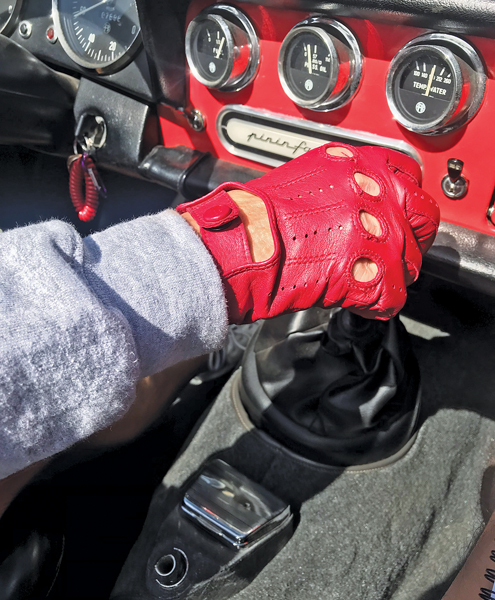I first met Gary Bartlett at a small gathering of Americans participating in the Mille Miglia in 1992. We were in the small town of Soragna, near Brescia, Italy. Longtime SCMer Joe Tomasetti organized the dinner. This was before the “MM” became a bucket-list event for wealthy enthusiasts from all over the world. There were few…
Hands-On Experience

